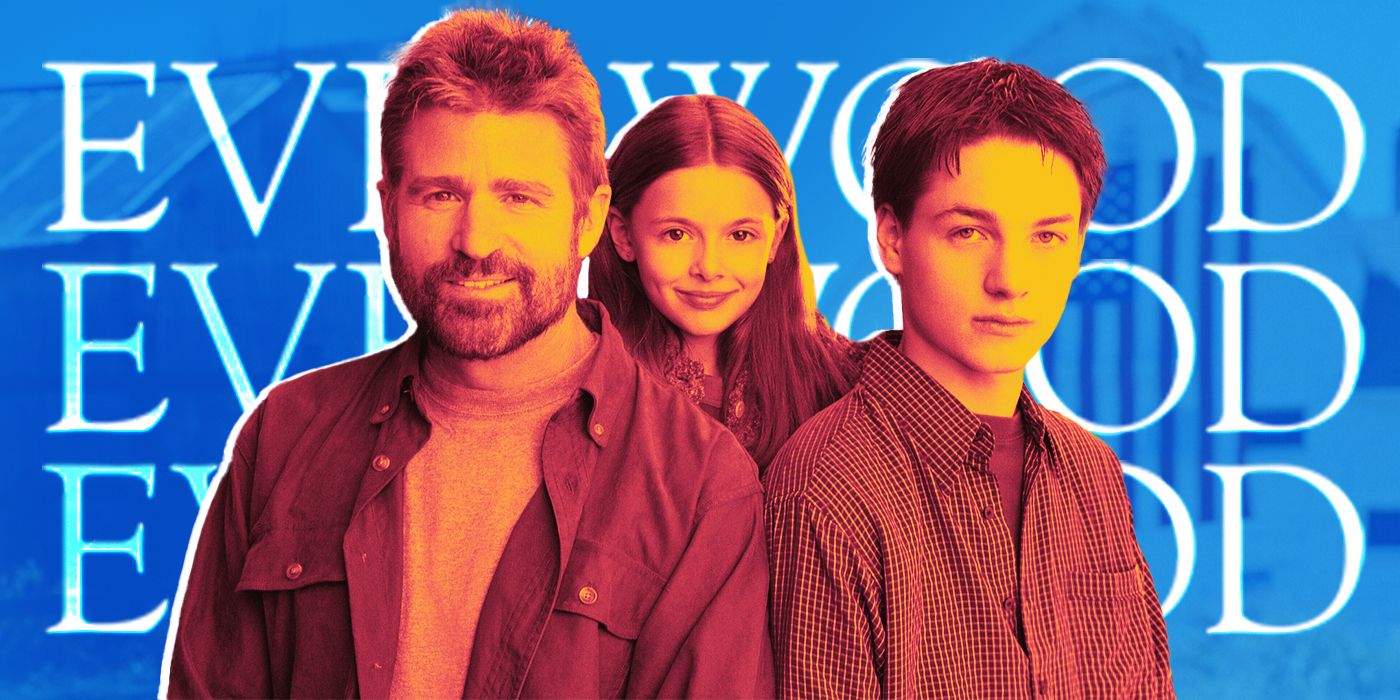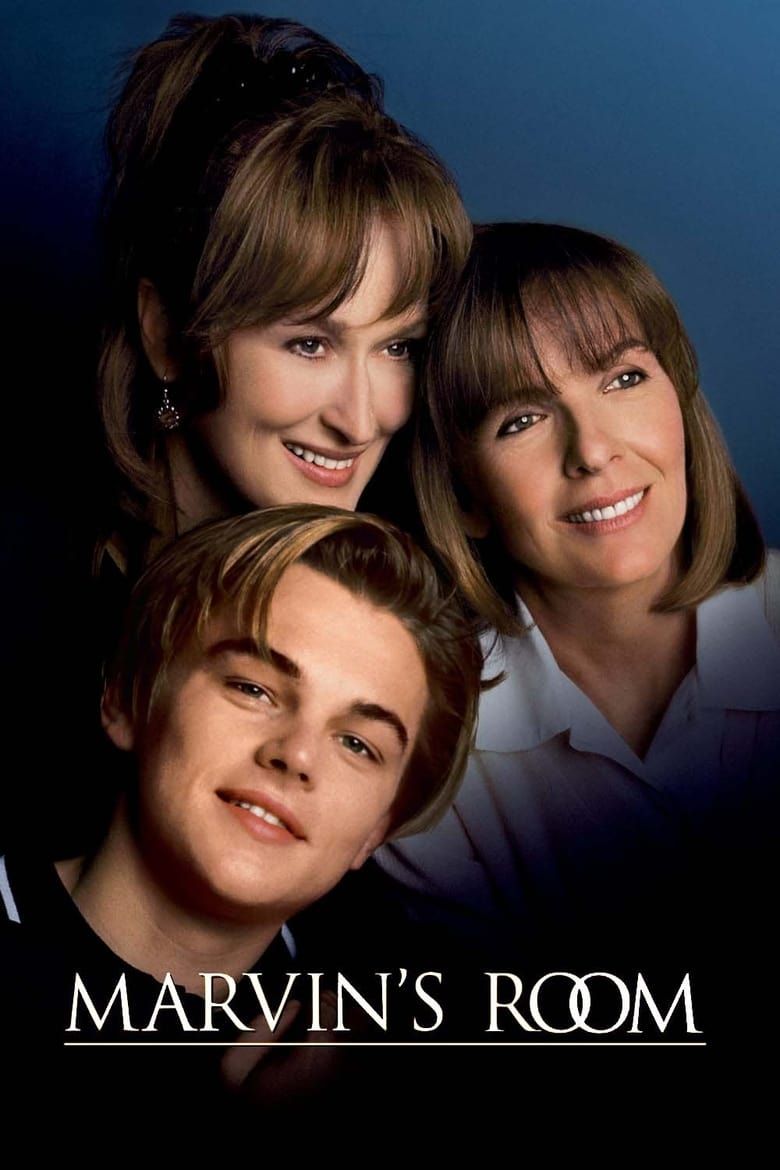Yes, DiCaprio, Streep, and De Niro Shared the Screen — And You Can Stream Their Oscar-Nominated Drama on Paramount+

One of the cinematic genres that has sadly gone out of fashion within the past few decades is that of the domestic drama that focuses on the evolution of one family; while these types of stories are now more commonly seen in prestige television shows, they had the potential to be breakout hits in the 1990s, particularly if they involved a significant ensemble cast of beloved movie stars. While Jerry Zaks didn’t necessarily have a resume that mirrored that of James L. Brooks or Taylor Hackford, he did have enough goodwill in the industry, based on his successful acting career, to round up an impressive group of stars for his feature film directorial debut, Marvin’s Room. In addition to being a genuinely sensitive depiction of both physical and mental illnesses, Marvin’s Room allowed Meryl Streep, Robert De Niro, and Leonardo DiCaprio to all play against type with surprisingly nuanced characters.
What Is ‘Marvin’s Room’ About?
Marvin’s Room centers on the trials and tribulations of a Floridian family after their bedridden patriarch, Marvin (Hume Cronyn), begins to worsen in his condition. However, it is actually Marvin’s oldest daughter, Bessie (Diane Keaton), who is revealed to have a terminal diagnosis, which inspires her to contact members of her extended family that she has not spoken to in years. Streep co-stars as Bessie’s sister, Lee, who moved with her family to Ohio twenty years prior after a falling out; DiCaprio appears as Lee’s teenage son, Hank, who has been struggling with mental health issues and been sent to live in a medical institution. De Niro appears as the local Dr. Wally, who informs Bessie that she is in need of a bone transplant and could have only a few months to live. While she did not leave on the best terms with Bessie, Lee decides to make one last attempt to unite their family and bury the hatchet.

Related
Why ‘Everwood’ Is Still One of the Best Family Dramas of All Time
With the series turning 20 this month, we discuss why this often-forgotten series should be remembered as one of the best family sagas on television.
Marvin’s Room explored the inherent challenge within family gatherings, as it can be hard to focus on reaching out to others when each member is dealing with their own insecurities. While Bessie is sympathetic to her sister’s plight, she grows even more concerned that taking a road trip to Florida will trigger some of Hank’s mental health issues, as he has struggled to make significant changes in life without having any extreme reactions. Hank’s younger brother, Charlie (Hal Scardino), shows more curiosity about meeting his relatives, but Lee grows concerned that they may have a negative influence on him. Although the narrative itself may feel inherently melodramatic, Marvin’s Room is able to examine how a breakdown in communication can cause families to drift apart; ultimately, the most arguments arise from the fact that people who claim to love each other are not willing to be completely honest.
‘Marvin’s Room’ Is a Sensitive Look at Familial Dysfunction
Marvin’s Room succeeds as a drama about family because each character is elevated beyond cliché. While it would have been easy for Streep to play into the stereotype of a single, neglectful mother, the film awards her much more empathy when it is revealed that she has survived an abusive marriage; a standout scene in which she tells Hank about what his father was really like is easily the most devastating moment of the film. Although DiCaprio had earned much acclaim three years prior when he played a character with medical handicaps in What’s Eating Gilbert Grape, he was tasked with an even more challenging task, as Hank’s diagnosis is not evident to the naked eye. Although the ‘90s saw many depictions of mental health that simply do not hold up today, DiCaprio was able to turn Hank into more than a caricature.
Although it’s a film that doesn’t have a single bad performance, Marvin’s Room succeeds past expectations thanks to the work done by Keaton, who earned an Academy Award nomination for Best Actress for playing Bessie. Marvin’s Room doesn’t shy away from showing how painful it can be to face a terminal diagnosis, but it does end on an optimistic note that shows the characters have become self-aware. While not necessarily a happy story, Marvin’s Room has a powerful message about self-awareness and kindness that has allowed it to age quite well.

- Release Date
-
December 18, 1996
- Runtime
-
98 minutes
- Director
-
Jerry Zaks
- Producers
-
Jane Rosenthal, Robert De Niro, Scott Rudin, Tod Scott Brody





